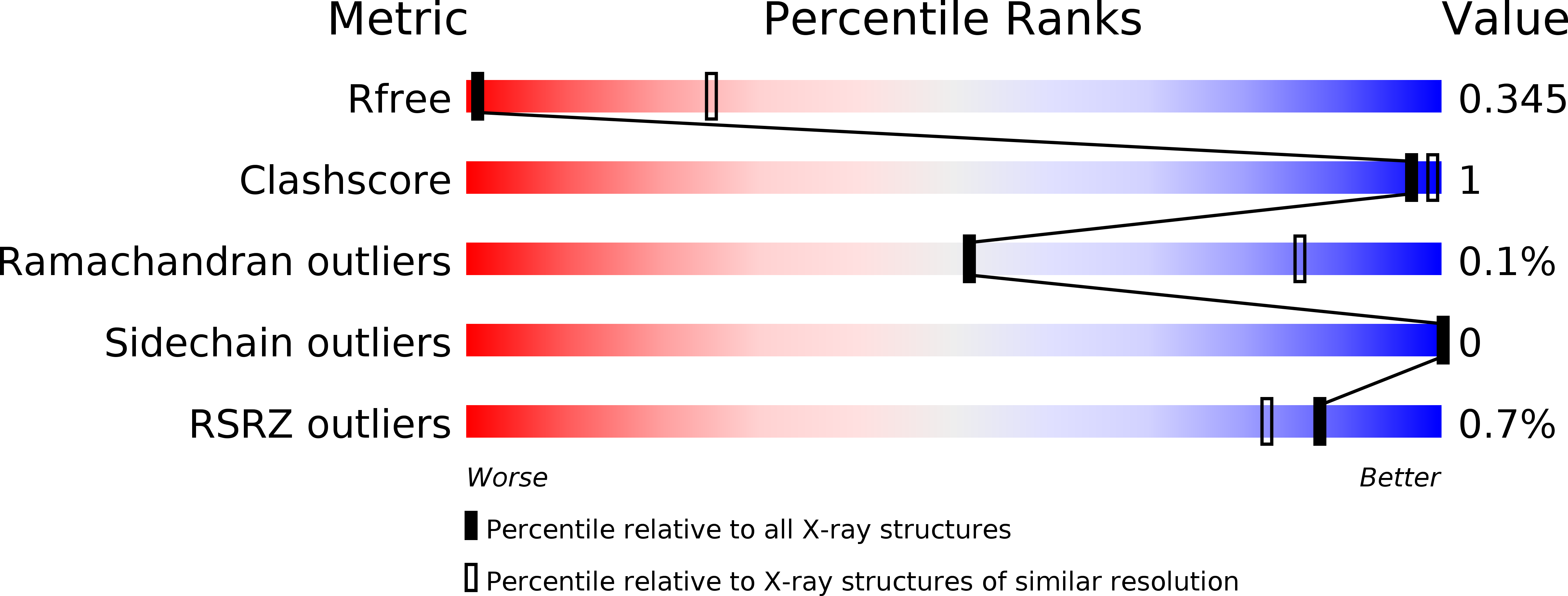
Deposition Date
2013-12-06
Release Date
2014-05-28
Last Version Date
2023-09-20
Entry Detail
PDB ID:
4NWN
Keywords:
Title:
Computationally Designed Two-Component Self-Assembling Tetrahedral Cage T32-28
Biological Source:
Source Organism:
Campylobacter jejuni (Taxon ID: 354242)
Salmonella enterica subsp. enterica serovar Typhimurium (Taxon ID: 1218153)
Salmonella enterica subsp. enterica serovar Typhimurium (Taxon ID: 1218153)
Host Organism:
Method Details:
Experimental Method:
Resolution:
4.50 Å
R-Value Free:
0.34
R-Value Work:
0.29
R-Value Observed:
0.30
Space Group:
P 31 2 1


